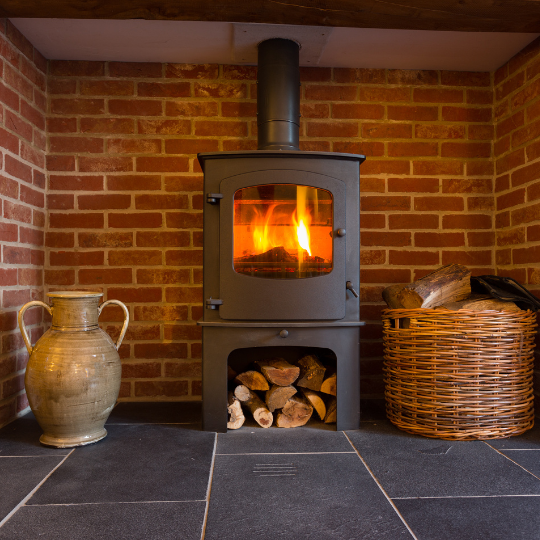Easing Housing Shortages Without Compromising Quality And Safety: Challenges In Modern Construction
Table of Contents
The demand for housing is increasing, driven by population growth. One of the key challenges facing the construction industry is tackling shortages and accelerating house building projects without compromising quality or safety. In this guide, we’ll explore how modern methods can be used to solve problems and ensure more people have places to call home.
Using Technology
Upgrading and embracing technology is one of the best ways to build good-quality homes faster. From automating repetitive, time-consuming tasks to using robotics, there are several ways to harness the power of cutting-edge technology to accelerate construction. In many cases, tech frees up time for project managers and contractors, enabling them to focus on core tasks, which underpin the delivery of impressive results on time and on budget.
Another positive reason to use technology is to enhance safety. Specialist tools, gadgets, programmes, apps and devices can identify hazards and alert individuals and businesses to risk factors and safety issues. From wearables and advanced equipment for on-site safety to drone inspections to eliminate dangers in new homes before tenants or buyers move in, there are opportunities to reduce risks for all parties.
Keeping up with industry developments and trends
The construction industry is one of the most rapidly evolving. New technologies encourage innovation for future growth and development, but it’s also important to learn from the past. Keeping up with industry news, research and reports is essential for learning how to tackle problems safely and effectively. Websites like Timber Media make news accessible, providing a broad spectrum of news stories, features and expert insights. Learning, taking information on board, seeing what other companies are doing, observing other countries and taking an active interest in the sector can help contractors and construction firms develop, improve and address pain points and inefficiencies.
Streamlining communications and project management
One of the most telling insights from the long-awaited Hackitt Report into the Grenfell Tower fire was the impact of incohesive, fragmented project management. Failures were attributed to multiple parties, which didn’t work together effectively, communicate properly or take accountability. Streamlining communications and project management tasks plays a crucial role in achieving results fast while maintaining the highest standards of safety and quality. In the case of building houses rapidly to cater to growing demand, designers, contractors, developers, manufacturers and project managers can work cohesively and collaboratively to set out and follow clear instructions and plans.
Blending traditional and new ideas
Traditional house construction is rooted in tried and tested methods that have been used for decades. Introducing new ideas and blending old and new can be challenging, especially among generations who are only used to traditional techniques. Finding the right balance can help to ensure speed, consistency and innovation while delivering durability, safety and efficacy.
Tackling a housing shortage while prioritising safety and quality is a major challenge for construction firms, contractors, developers and policymakers. Key steps to overcome obstacles include using modern technology, keeping up with industry news and developments, streamlining communications and project management and blending traditional concepts with new ideas.



